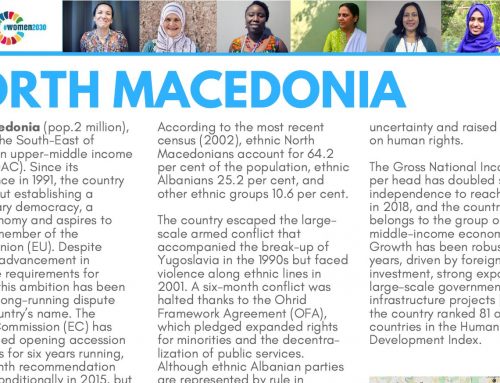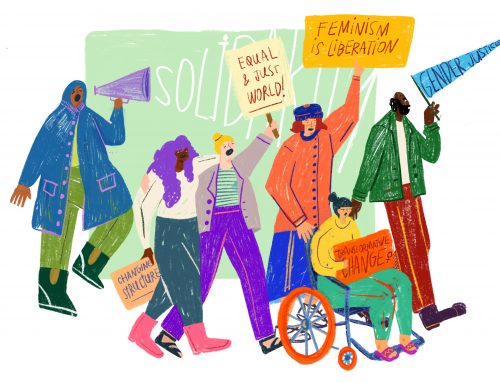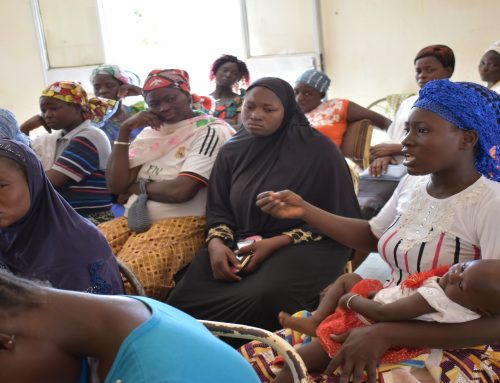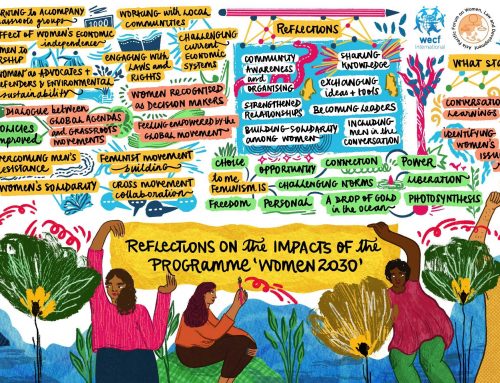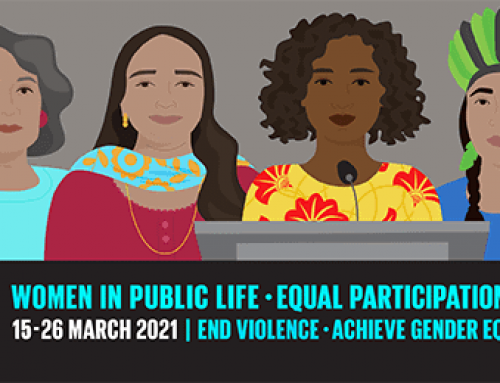By Anna Kirilenko, Ecological Movement BIOM, Kyrgyztan

Women in Kyrgyzstan process raw wool. UN Women/Flickr
Damage to natural ecosystems and biodiversity loss is not gender neutral. Women and men perceive, are affected by and respond to the consequences of biodiversity loss differently; and they impact biodiversity in different ways as well. These differences are related to the fact that men and women have distinct roles and responsibilities in relation to biodiversity and differing access to natural resources. They also have different levels of influence with respect to related decision-making processes. A further complication is that biodiversity loss also impacts women and men in different social strata in different ways.
Thus, like poverty, gender is an essential dimension of biodiversity loss that cannot be ignored. In fact the two aspects are interrelated, creating mutually reinforcing barriers that prevent social and environmental change if they are not addressed. All in all it is critical that both poverty and gender are fully recognised in global and national policies designed to implement biodiversity programmes and strategies if they are to be effective.
For example, in Kyrgyzstan, through consultations with local communities it was found that local women play a key role in retaining traditional crop varieties and following the traditional practice of using agro-forestry production systems such as the cultivation of fruits and vegetables in homestead lands, and the collection and sale of foods such as nuts, mushrooms and apples, within small businesses. In addition they are mainly charged with the collection of firewood for the household, and plants for food or for the production of medicines.
In Kyrgyzstan the Women2030 programme together with local organisation BIOM will be supporting the development of women-led initiatives in the participating communities supporting the collection of medicinal herbs, the restoration of pastures and soil fertility, and breeding birds to reduce the load on local ecosystems and contribute to the fight against poverty.


